This circuit should cater for all eventualities.

I am not familiar with the output of that particular soundboard but including capacitors C1 & C3 will mitigate the possibility of any DC offset at the output of the soundboard. The circuit will still work without C1 & C3, even if there is a dc offset at the output of the soundboard, but you shouldn't pass dc current through a pot because it can result in the pot sounding "scratchy".
Capacitors C2 & C4 are included to cater for the possibility of any dc offset at the input of the amp. If the amplifier is single voltage supply then its input will be biased to mid-rail. In this case you must add capacitors C2 & C4.
Even if there is no large dc offset at either the output of the soundboard or at the input to the amp (say the amp is dual voltage supply) and both the input to the pot and the output from it are nominally biased to ground (0 V), I would still recommend including all four capacitors. C2 & C4 will then remove any dc offset across the pots which could be caused by the amps' input bias currents.
I have specified bipolar capacitors, otherwise known as non-polarised. Which will enable a voltage of either polarity to be applied to them (within their voltage range specification) without risk of damage to them. So, using bipolar capacitors could be necessary if both the output from the soundboard and the input to the amp are biased to 0 V. Through-hole bipolar capacitors are larger and more expensive than their equivalent uni-polar cousins.
The pots in conjunction with C2 & C4 form high pass filters and you will find that, at low and high volume pot settings when the output resistance of the pots is relatively low, there will be some loss of low-end frequencies (bass). If this is a problem for you then increase the values of capacitors C2 & C4.
I expect you've already found out that dual-gang (stereo) pots are obtainable.
You will find that, if there is a large dc mismatch between the soundboard's output and the amp's input, the capacitors will cause a sound "thump" through the speakers at power-up and power-down. This is difficult to avoid when there are capacitors in the audio signal path without adding some extra more complex circuitry which disconnects the speakers from the amps for a few seconds when power is applied or removed.

